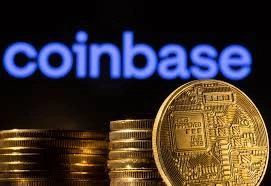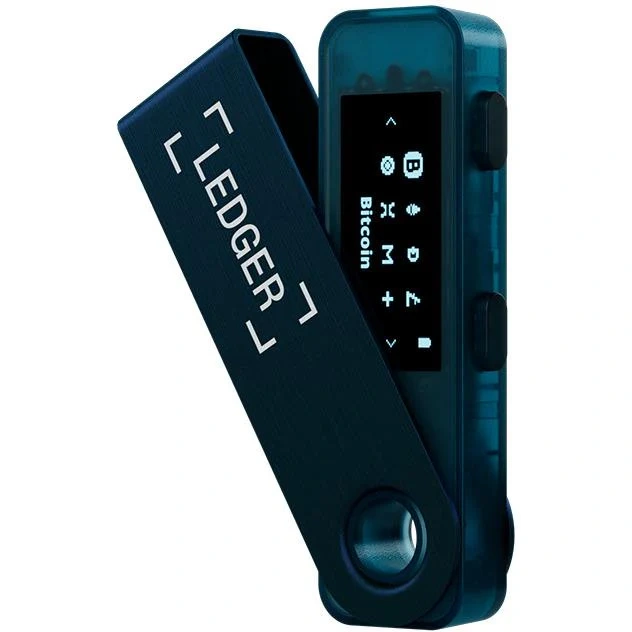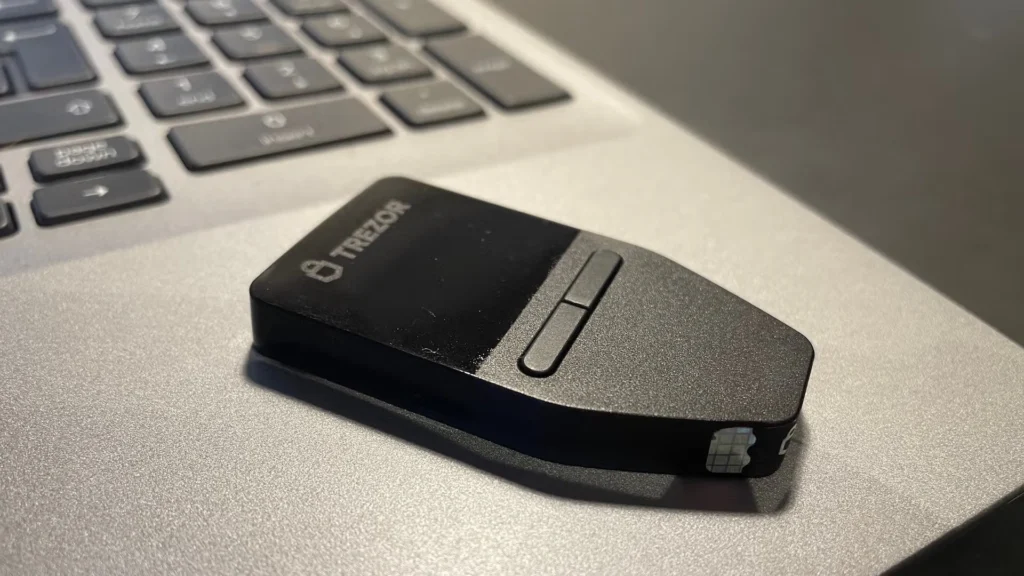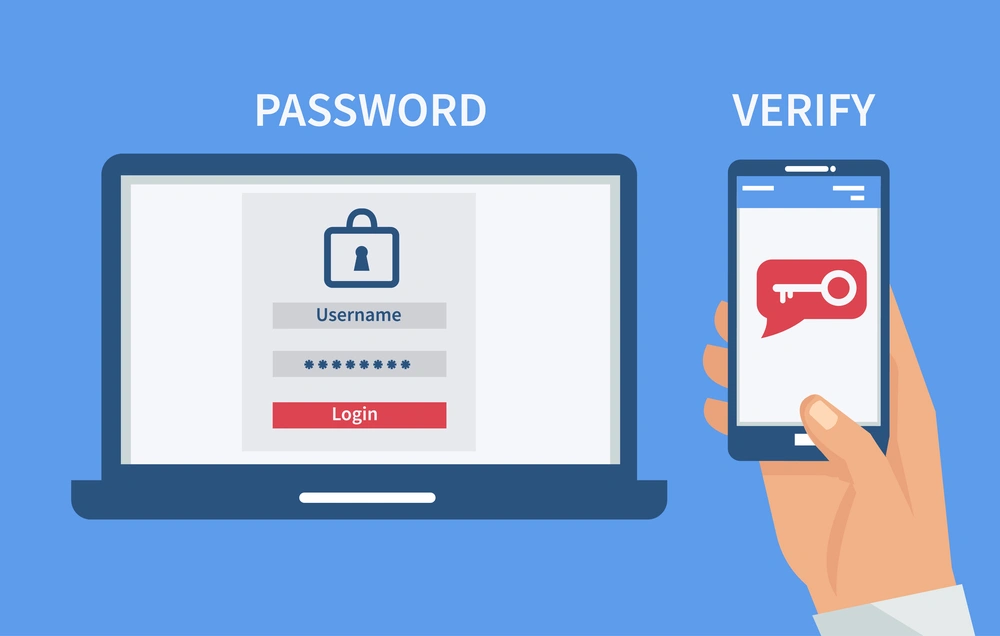Hot vs Cold Wallet: The Ongoing Battle for Crypto Security
March 31, 2025

By Ali, Tech & Finance Correspondent– Hot vs Cold Wallet
May 21, 2025 — As cryptocurrency adoption grows, so does the urgency of secure storage. For new investors and seasoned traders alike, the choice between a hot vs cold wallet remains a fundamental decision with significant implications for asset protection.
Hot vs Cold Wallet: Hot Wallets Offer Speed—But At What Cost?


Hot wallets—those connected to the internet—continue to dominate for ease of access. Popular examples include MetaMask, Trust Wallet, and centralized exchange platforms like Binance or Coinbase.
These digital wallets allow users to send or receive crypto within seconds, a feature ideal for daily traders, NFT collectors, and DeFi participants.
However, cybersecurity experts consistently warn about vulnerabilities. Internet exposure opens doors to phishing attacks, malware, and unauthorized access. “Hot wallets are convenient, no doubt,” says Elena Rodriguez, a blockchain analyst based in Singapore. “But every layer of convenience reduces your distance from risk.”
The past year alone has seen high-profile wallet breaches. In one instance, a DeFi enthusiast reportedly lost over $90,000 worth of Ethereum after unknowingly interacting with a fake smart contract link. The takeaway? Connectivity is a double-edged sword.
Hot vs Cold Wallet: Cold Wallets- A Digital Vault in Your Hands


On the other end of the spectrum are cold wallets. These offline storage devices—such as Ledger Nano, Trezor, and even handwritten paper wallets—are heralded as the safest method to store crypto for the long term.
“Think of cold wallets like a safety deposit box,” says Vincent Tan, a Malaysian crypto educator. “They’re not made for convenience. They’re made for security.”
Indeed, without an internet connection, these wallets are far less susceptible to digital theft. But they introduce new challenges—particularly user responsibility. If a recovery phrase or device is lost, there is no recovery support. Unlike traditional banks, blockchain does not offer a “forgot password” option.
Transactions also require extra steps, which can frustrate users who prefer fast-moving crypto engagement.
Hot vs Cold Wallet: It’s Not One-Size-Fits-All

Security professionals argue that wallet selection should depend heavily on a user’s behavior and investment strategy.
Hot wallets may be more appropriate for:
- Active traders operating in fast-paced markets
- Users engaging with decentralized applications (dApps)
- Smaller holdings intended for regular use
Cold wallets are recommended for:
- Long-term investors
- Large-value holdings
- Users who prioritize maximum security
“There’s no winner in the hot vs cold wallet debate,” Rodriguez adds. “There’s only what fits your use case best.”
Increasingly, hybrid approaches are gaining traction. Many users choose to store a portion of their crypto in hot wallets for accessibility, while keeping the majority in cold wallets for safekeeping.
Security Missteps and Public Warnings

Despite growing awareness, wallet mismanagement remains widespread. Experts highlight three recurring mistakes:
- Failing to enable two-factor authentication (2FA)
- Storing private keys in cloud services or email
- Not backing up recovery phrases securely
“Even the best wallet can’t protect you from poor decisions,” Tan emphasizes. “Education is still our weakest link.”
Final Take: Your Security, Your Call
The hot vs cold wallet conversation is far from settled. As blockchain technology evolves, so too will the tools and threats. What remains constant, however, is the need for users to understand the tools they’re using.
For some, the speed and flexibility of hot wallets outweigh the risks. For others, the peace of mind offered by cold wallets justifies the extra effort.
Ultimately, your crypto security comes down to knowing what you’re working with—and staying a step ahead of those who want to exploit it.
Relevant news : HERE

